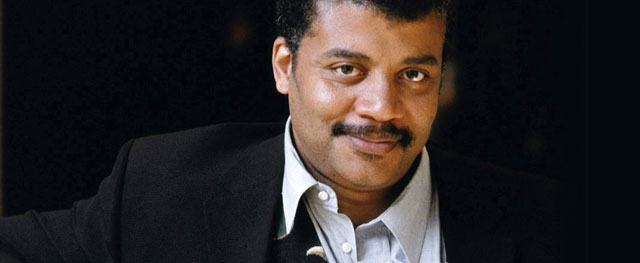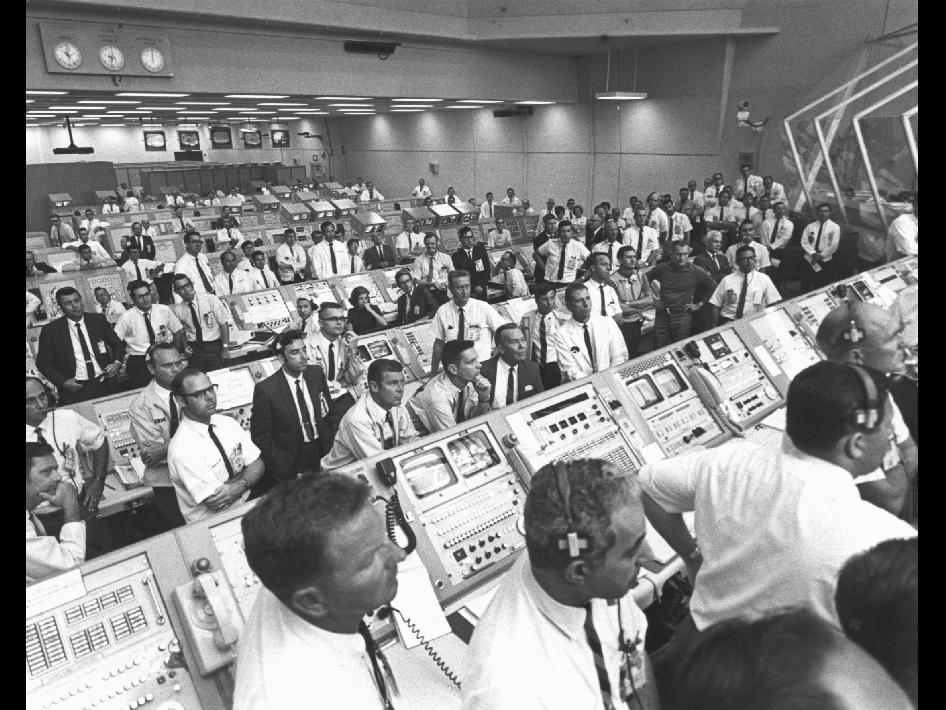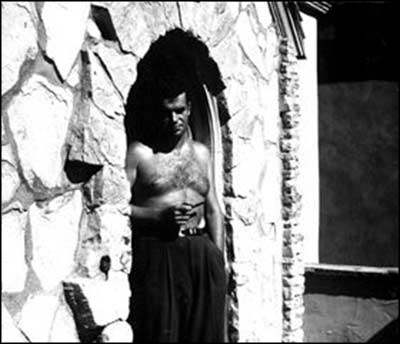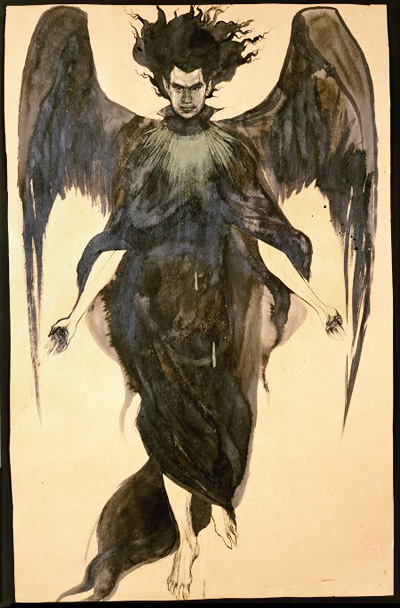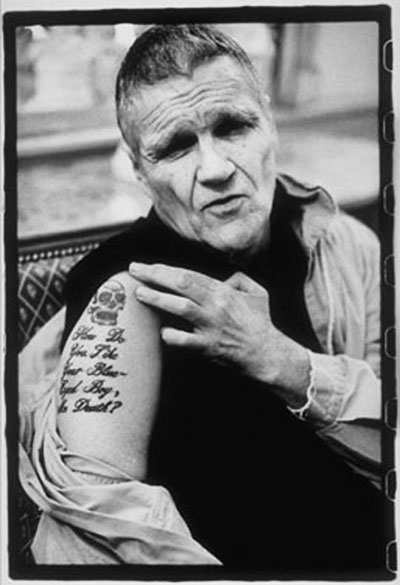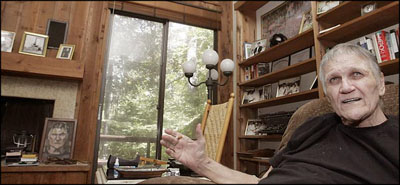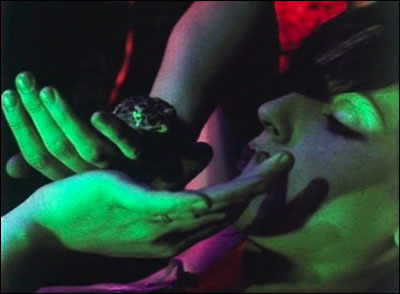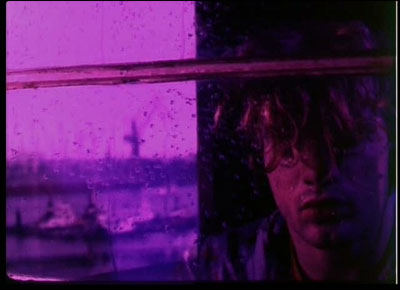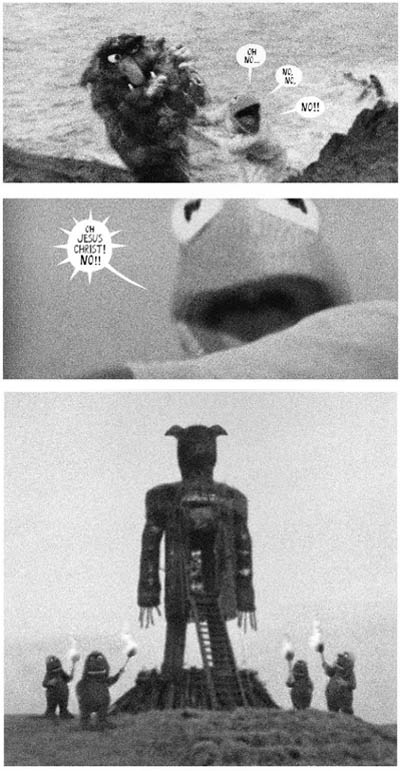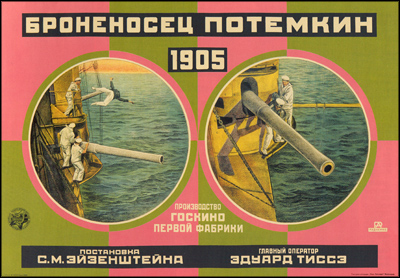On Misogyny in Industrial Music
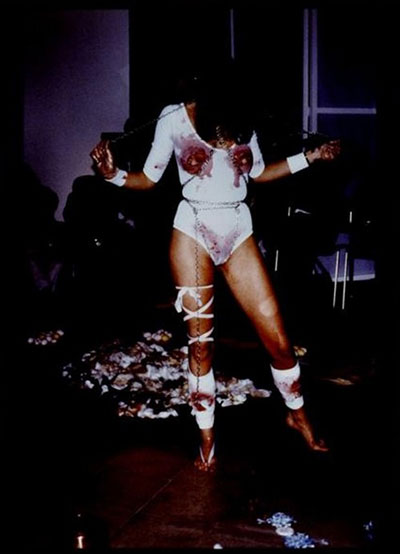
Industrial music patron saint Cosey Fanni Tutti.
In 1975, Genesis P-Orridge and Cosey Fanni Tutti consumed blood, semen and piss onstage in the UK. Government officials labeled them “the Wreckers of Civilization.” A female sex worker, Cosey examined “how men and women interact in a sexually charged/volatile manipulated situation” by fearlessly, shockingly putting her body on display. This was the beginning of industrial music, a genre rooted in taboo and transgression.
The tradition continued. In 1985, Coil’s cover of Tainted Love addressed the AIDS crisis at a time when huge stigma still surrounded the discussion. The release of the single constituted the first AIDS benefit in music history. In 1988, Skinny Puppy spoke out passionately about animal rights through a series of live shows that involved animal blood and graphic, distressing portrayals of vivisection. During the Siege of Sarajevo in 1995, Laibach’s NSK diplomatic passports literally saved lives by enabling people to escape from the war zone at a time when Bosnian passports weren’t considered valid. The giants of industrial used subversive tactics to challenge audiences and create new awareness.

Still from Suicide Commando’s “Die Motherfucker Die” music video
But something happened. Once industrial music had fully transitioned from avant-garde venues into nightclubs, the stench of Axe body spray began to dominate the subculture as a certain douchey, bro-tastic vibe emerged. Where the goth/industrial scene had once existed as a safe haven for artists, weirdos, outcasts, geeks, dreamers and rebels, a disturbing trend of sexism, racism and anti-intellectualism is driving people out.




